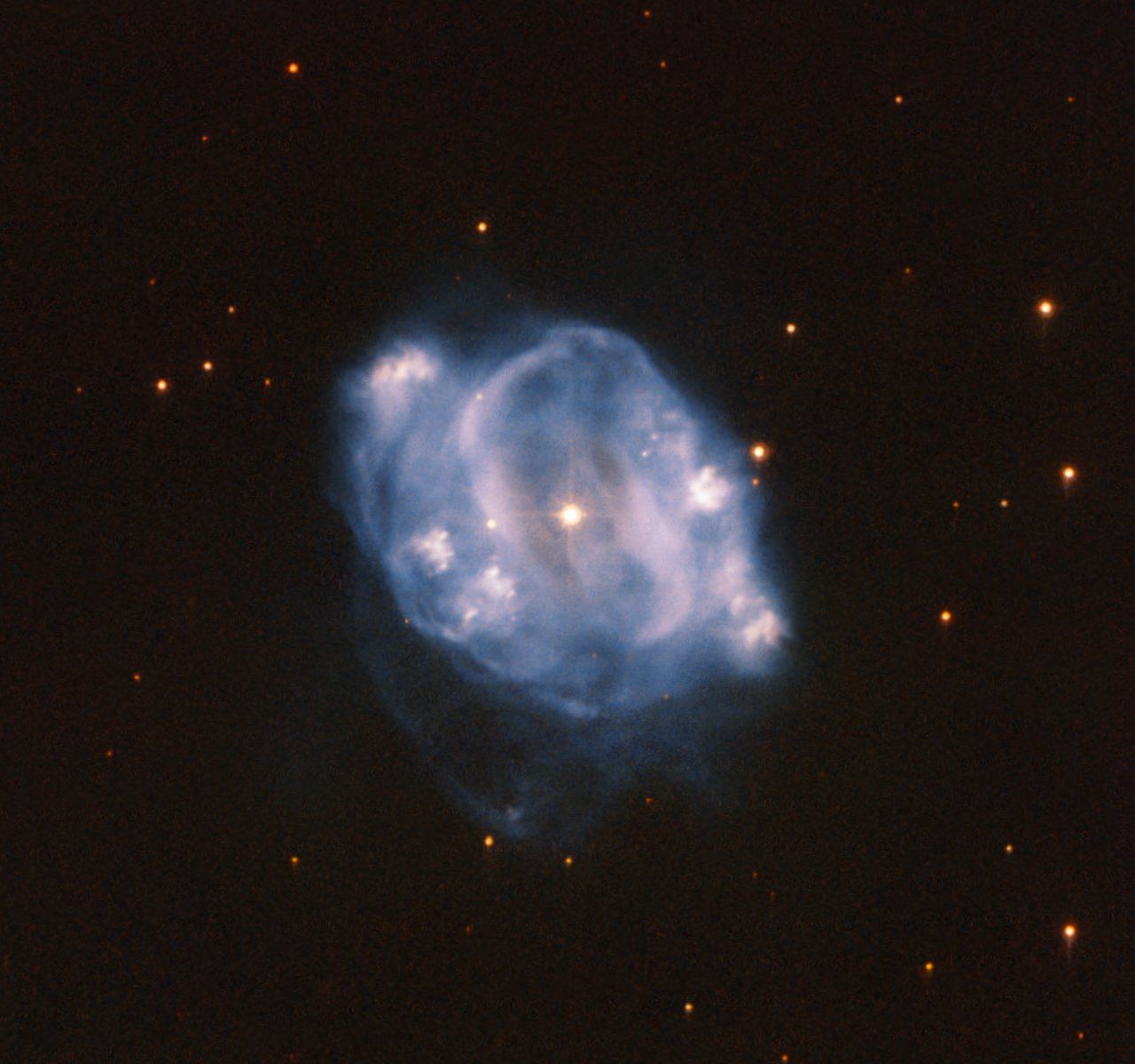Planetary nebulae are some of the most beautiful objects in the galaxy, spanning a variety of shapes and sizes. They’re created in the death throes of stars like the sun, and new research sheds light into how they get their distinctive and unique shapes. The answer: anything unlucky enough to orbit that dying star.
When stars like our sun near the end of their lives, they swell and turn red, becoming what astronomers call AGB stars, which stands for Asymptotic Giant Branch. The somewhat cryptic name comes from their position on the Hertzsprung-Russell diagram, which connects the temperature and luminosities of stars in various stages of their life cycles.
When stars are in the AGB stage, they are incredibly unstable, especially when it comes to the solar wind. The solar wind is a stream of gas constantly emitted by any star, but during the AGB stage this ramps up, making the star lose a decent fraction of its mass out into interstellar space.
But for decades astronomers had assumed that this stellar wind was spherical. After all, the stars themselves are spherical and emit the solar wind in roughly equal directions.
But a suite of new observations conducted with the Atacama Large Millimeter/submillimeter Array (or ALMA) reveal a different picture: anything but a sphere.
The observations show that the winds coming from the stars follow complex patterns: sometimes a boring sphere, sometimes spirals, and even sometimes something approaching the wings of a vast nebular butterfly. These observations show that previous assumptions about how much of this gas ends up in the interstellar mix can be off by up to a factor of 10.
The observations also show why these intriguing shapes appear. Any orbiting companions, like a smaller star or a massive planet, can stir and mix the winds as they blow by, crafting the shapes that eventually move further outwards. These winds blown from the star eventually evolve into a planetary nebula that maintains a memory of that initial structure.
The observations are also able to paint a portrait of what is likely to happen to our own sun. In 5 billion years, our home star will turn into an AGB star and expel winds and material at a furious rate. But the interactions of Jupiter and Saturn will shape and sculpt those outflows into a weak but definite spiral.
It will be one last masterpiece created by the sun before the end of its life.

